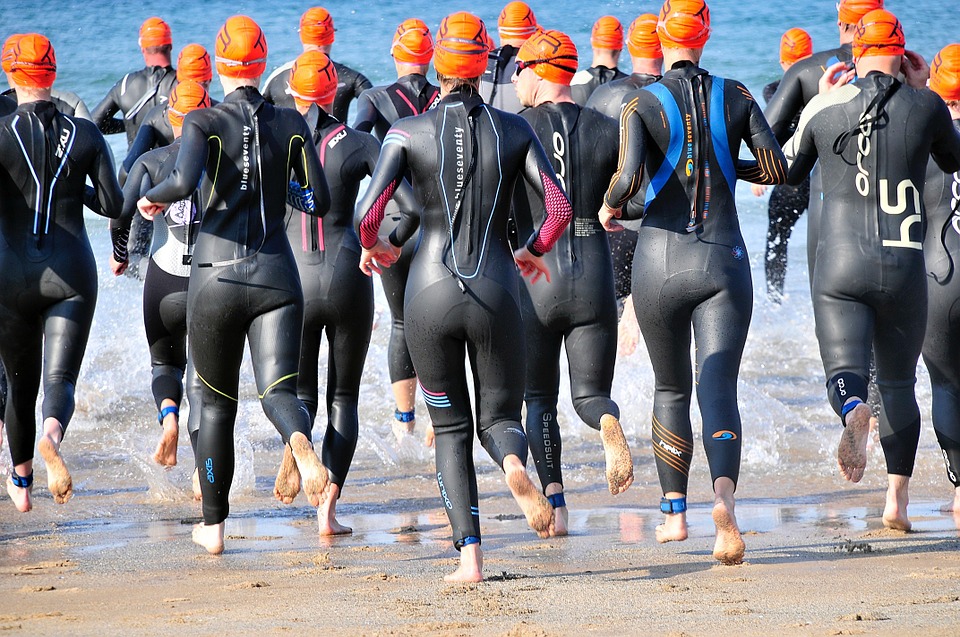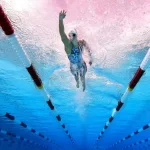When you decide to start participating in triathlons, you have to start somewhere. Many people start with the sprint triathlons. Sprint triathlons are the shortest triathlons so it makes perfect sense to start there. (There are a few “mini” sprints which are even shorter, but they are not very common). When you complete a sprint, generally you swim 800 meters, bike 13 miles and run 3 miles. Some races have distances a little longer or shorter due to course availability. What if you have completed a couple of those and you’re wondering if you should start training for an Olympic-distance triathlon?
Olympic triathlons are the next triathlon you can go up in distance. You have to be prepared to swim .9 of a mile, bike 24.7 miles and run 6.2 miles. You are doubling or tripling the distance on each leg of the race.
So, what do you have to do to train for that jump? Here are some tips:
- Prepare to balance more
Before you make the leap from sprint to Olympic triathlon, consider how the additional time training will affect your life. Finding the right balance between training for the race and other priorities will make completing actual race more satisfying.
- Get in the water
The swim leg is usually the biggest worry for triathletes. You are most likely doubling your swim distance, so you should make sure you are in the pool at least two to three times per week. Consider joining a swim program such as a Masters Swim group (contact me for more information on my Masters team). Finding a 50-meter pool to swim in as well as getting in as much open swim time as possible will also help with the transition. - Incorporate intervals
Incorporate interval training into your schedule. Intervals can be done as different rates of speed, effort or hills. These should be added into your training program in an alternating pattern. If you are new to interval training start out with just 10 or 20 second bursts or starting with just 3-4 hill repeats with equal rest, it will help you learn what “fast” pace feels like and help get your body used to it. - Know your nutrition
Your body will need additional calories for your Olympic event. Going from a Sprint to Olympic triathlon means you’ll be out on the course possibly more than twice as long during the actual race. It’s important to learn how many and what type of calories you are burning during your training. Then you will be prepared come race day. - Mock transition
You will need to prepare the body for the workout of running after the bike. You may wish to prep four to six times before race day. Even simulating race day conditions can make the workout more beneficial. Incorporating the transition into your training to get the feeling of changing from one leg to another will help tremendously.
If you have already completed a sprint triathlon, set your goal today to begin training for an Olympic triathlon. If you need help setting or completing those goals, contact me today to learn more about how I can help you with your triathlon training.







